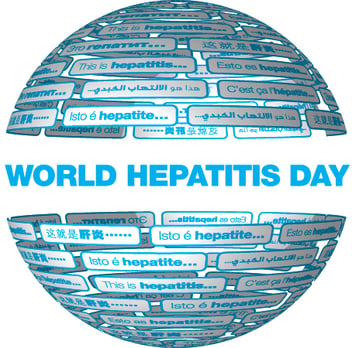By now, most Baby Boomers have probably heard the message from health experts urging them to get screened for hepatitis C infection. This demographic – born between 1945 and 1965 – have long been identified as the group at highest risk of this life-threatening disease. However, switching from a birth cohort screening to a one-time universal screening bears consideration; especially as the demographics of who is at highest risk of infection continue to morph.
A one-time test for all U.S. adults would identify many more infected individuals than is found by the current screening guidelines of targeting Baby Boomers. The benefit from identifying more infected individuals connects to the fact that oral treatments for hepatitis C are highly effective, leading to a cure in the vast majority of treated patients. Undiagnosed patients cannot be treated. An additional confounding factor is that the current demographic experiencing increasing infection rates are not Baby Boomers; rather it’s younger (under the age of 30) IV drug users.
Research funded by the CDC demonstrates that universal screening offers benefits at both the individual and societal level. Although the initial treatment cost with hepatitis C medications would be admittedly high, greater HCV treatment rates would actually save health care dollars in the long run, as well as reduce wait times for liver transplants (since many people wouldn’t end up on the transplant list), and provide a high level of societal benefits due to the prevention of fatalities. In short, universal screening would result in saved lives and saved health care dollars, over time.
Sources
Eckman MH, et al. Cost effectiveness of universal screening for hepatitis C virus infection in the era of direct-acting, pangenotypic treatment regimens. Clinical Gastroenterology and Hepatology 2019 (in press).
Bender K. Analysis favors universal HCV screening over current guidelines. MD Magazine Feb 11, 2019.





